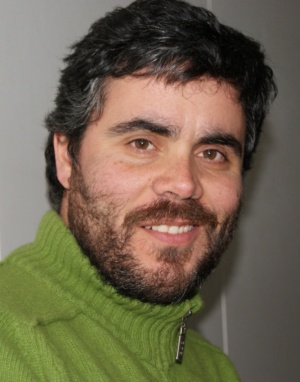Casas, E., Fernandez, M., Gil, A., Yesson, Chris., Prestes, A., Moreu-Badia. I., Neto, A.I. & Arbelo, M. (2021) Macroalgae niche modelling: a two-step approach using remote sensing and in situ observations of a native and an invasive Asparagopsis.
Biological Invasions,
23, 3215–3230. DOI:10.1007/s10530-021-02554-z (IF2021 3,606; Q1 Biodiversity Conservation)
We are facing a global loss of biodiversity due to climate change. This will lead to unpredictable changes in ecosystems, affecting the goods and services they provide introduction of non-indigenous marine species. This represents one of the major threats to marine biodiversity and therefore, there is a strong need to assess, map and monitor these alien species. The appearance of non-indigenous species is especially dangerous in fragile ecosystems and it is of great importance to better understand the invasion mechanisms of these invasive species. This is the case for invasive alga Asparagopsis armata, present in the Azores Archipelago. In this study we propose a methodology to define the realized ecological niche of this invasive alga, alongside the native Asparagopsis taxiformis, to understand better its distribution and potential impact on native communities and ecosystem services. These objectives comply with the EU Biodiversity strategy for 2020 goals and the need to map and assess ecosystems and their services. The lack of reliable high-resolution data makes this a challenging task. Within this scope, we propose a combination of Remote Sensing, Unmanned Aerial Vehicle based imagery together with in-situ field data to build ecological niche modelling approaches as a cost-effective methodology to identify and characterize vulnerable marine ecosystems. Our results show that this combination can help achieve monitoring, leading to a better understanding of ecological niches and the consequences of non-indigenous species invasion in fragile ecosystems, like small islands, when faced with limited data.





